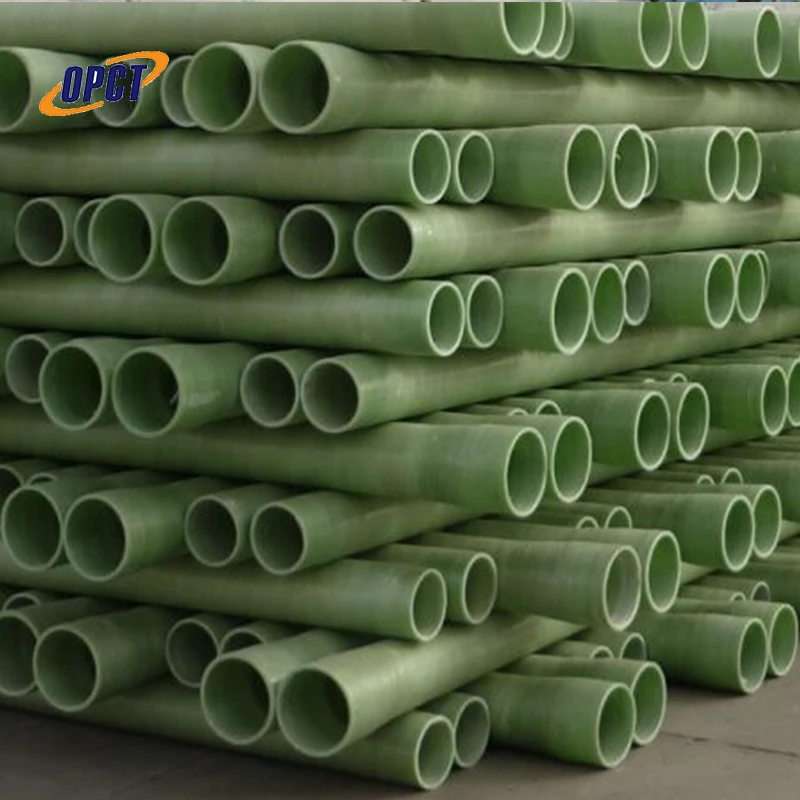The task of sealing a galvanized water tank is not just a mere maintenance activity but an essential measure to prolong the lifespan of the tank and ensure the purity of stored water. While galvanized tanks boast a protective zinc coating that prevents rusting, they are not impervious to leaks and corrosion over time. Understanding the right sealing approach is crucial.

Initially, inspect the tank thoroughly. While it might seem like a straightforward task, understanding the structure of your tank and identifying areas that require attention is pivotal. The inspection process should pay special attention to joints, seams, and rivet areas, as these are prone to wear and tear. A detailed examination can prevent minor issues from escalating into significant problems.
Once the inspection is complete, the next step involves cleaning. The inner surface of the tank often accumulates minerals, algae, and other residues over time. Removing these is vital for ensuring that any sealant adheres properly. Usually, a solution of water and mild detergent, along with a soft brush or cloth, suffices for cleaning. Following this, rinsing the tank with clean water ensures that no detergent residues remain.

After the tank is cleaned and dried, choosing a suitable sealant becomes the priority. Opt for a sealant designed explicitly for metal surfaces—one that can withstand water exposure and temperature fluctuations. Products that contain epoxy or polyurethane are often recommended due to their strong adhesion properties and durability.
Applying the sealant requires precision and care. It is imperative to cover all seams, joints, and any identified leaks. A brush or roller can be used for even application. Applying at least two coats of sealant ensures a robust coverage, but it is essential to allow the first coat to dry completely before applying the second. This ensures maximum adhesion and effectiveness.
Beyond the general application, specific attention is warranted for the tank's base, as this is typically where moisture accumulates, increasing the risk of rust. Applying an additional coat of sealant to the base can help fortify this vulnerable area.
sealing a galvanized water tank
For those uncomfortable with handling this task themselves, or if the tank is significantly large or elevated, it may be worthwhile to consult with a professional. Professional intervention not only guarantees quality workmanship but provides peace of mind knowing your tank is sealed by experts.
Maintaining regular checks on the tank post-sealing is equally crucial.
Despite having a sealant, periodic inspections ensure that any emerging issues are caught early. Seasonal checks, especially before and after severe weather conditions, can preserve the tank's integrity.
In cases where tanks are used for drinking water, make sure the sealant is certified as safe for potable water. This guarantees that the sealant does not leach any harmful chemicals into the water, maintaining a safe water supply.
In conclusion, while sealing a galvanized water tank might appear daunting, adhering to a structured approach simplifies the task. With proper inspection, cleaning, selection of the appropriate sealant, and methodical application, one can effectively extend the life of the tank and safeguard the quality of the water it stores.
Caring for your galvanized water tank by sealing it not only protects your investment but also ensures the ongoing safety and quality of the water supply. With attention to detail and adherence to the right procedures, maintaining a sealed tank becomes a straightforward endeavor, enhancing both the reliability and functionality of your water storage system.




